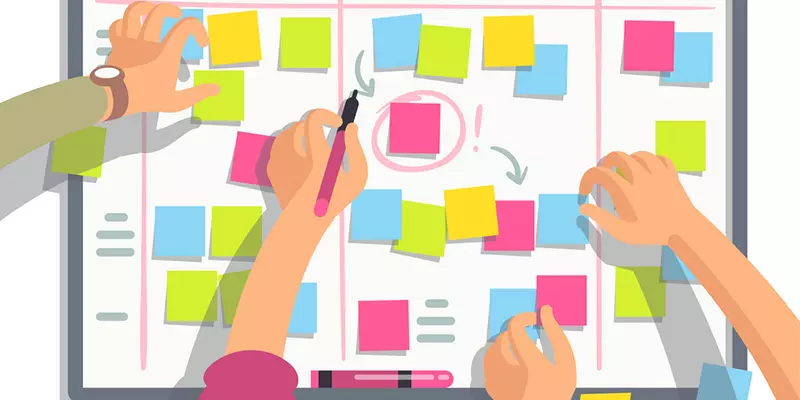If you have already made that decision to become an online teacher then this article is for you. You are going to share knowledge, experience, and skills with all those who need it with the help of online courses.
You should do it in a very responsible way so that there are no drawbacks and your students understand they learn from a professional.
During the process, you face some challenges. Some things may be changed or misunderstood. So, you should be ready to overcome everything responsibly. Once you do it right and identify what is an online course, you will more clearly imagine the answer to the question “why do I teach? Why teaching?”. While teaching online, you may also rely on online live classes.
However, if you want to have something that is permanent and continually works for you, then online courses win in the “class vs course” competition.
For this time, I’m going to introduce several tips on how to create online courses. This will be a step-by-step guide that helps you focus on the right action at the right time. As a result, you’ll more easily overcome the challenges of teaching. Come on!
Step #1 Planning
While creating online courses, many people immediately stand in front of the camera and oops… the result isn’t what they expected and they get disappointed. To avoid such a situation, you should plan the content of the overall course. In such a way you will manage the process more easily and achieve a result that satisfies. You can also use AI tools that can help you save quite a lot of time!

Before everything, you should have a clear image of the course. Know how many videos are included in each course and how long each video is going to be. You aren’t recommended to create very long videos that may irritate and tire your audience.
Step #2 Classification
Once planned you should classify your video lessons. In this process, you should consider the educational level of your audience as well as their potential and eagerness to learn more.
You are recommended to classify the courses according to three levels - beginner, advanced, and expert.
*Step #3 Additional Material
To explain a topic, sometimes you need to bring examples, or, for instance, show action on a computer screen so that it is more accessible to the audience.
In such cases, before the start of shooting, you should prepare all the additional material in advance. These materials may include slides of various formats, diagrams, drawings, etc. However, if you don't need such materials, just skip this step.

Step #4 Shooting
Perhaps, this is the most complex process especially for those who don’t like to be seen in front of the camera. If you also have such discomfort, check out several course authors and imagine that you are presenting the same material. What would prevent you from being as free and confident?
Of course, this will require a little psychological approach, but if you have the appropriate skills and want to convert them into a source of income, you will find the right way to rely on yourself.
If you are already ready then turn on the camera, start recording, and share your useful knowledge. While speaking, consider your tone of voice and vocabulary. You should speak a tone of language that is pleasant to your audience.
Use words that are understandable for them. Well, if necessary, you can introduce the definitions of some terms.

As for the tone of the voice, you should speak in an interesting way. For example, raising or lowering the level of your voice can make your speech more audible to the human ear. Sound clarity is also important.
Your followers should not be disappointed by the noise in the video. Pay attention to this, use special speakers, or ensure that there is no noise in the area where the shooting is taking place.
Step #5 Checking
Having recorded the video, you are highly recommended to check it. There may have been some breaks or technical inconsistencies that may lead to confusion among students or cause an incorrect perception of the material.
Any such flaw must be eliminated before the video is published. This may cause unnecessary concerns, but I'm sure you don't want to have a wrong impression.
Step #6 Publishing
Once your online course passes the final stage and is free of drawbacks, you may install it into your platform and make it available for the public. When publishing, you should also provide the price of the course, so that your potential students understand whether or not they can take advantage of it.
When determining the cost of an online course, keep in mind that if you do not demand a reasonable price, you lose a large number of potential students.

If necessary, you can attach some files of different formats (for example, tables) with the online course.
Following the above-mentioned steps, you’ll be able to create online courses your potential students will love. Even if something goes wrong, don’t get disappointed.
Throughout the time you’ll become more professional in sharing your knowledge and skills. Keep in mind, everything improves by the experience.


![How to Start Online Coaching Business [Proven Strategies]](https://d35v9chtr4gec.cloudfront.net/uteach/articles/LXoil0HbCqKEO2lAdpzG-1693384984/start-online-coaching-business.jpg)
